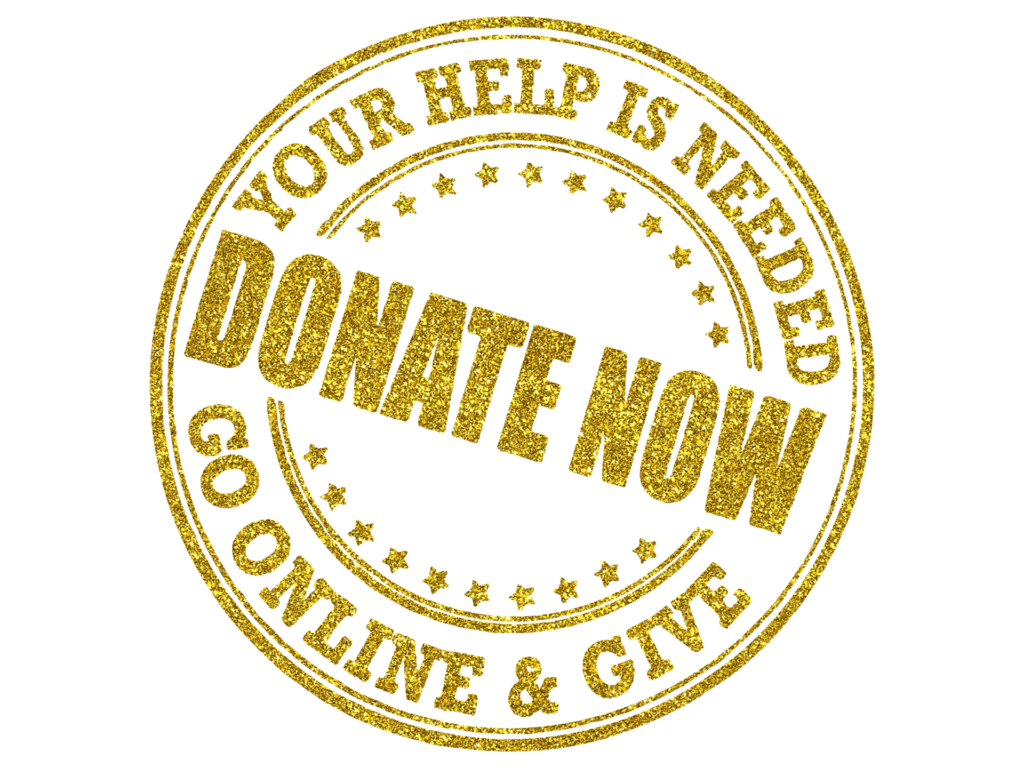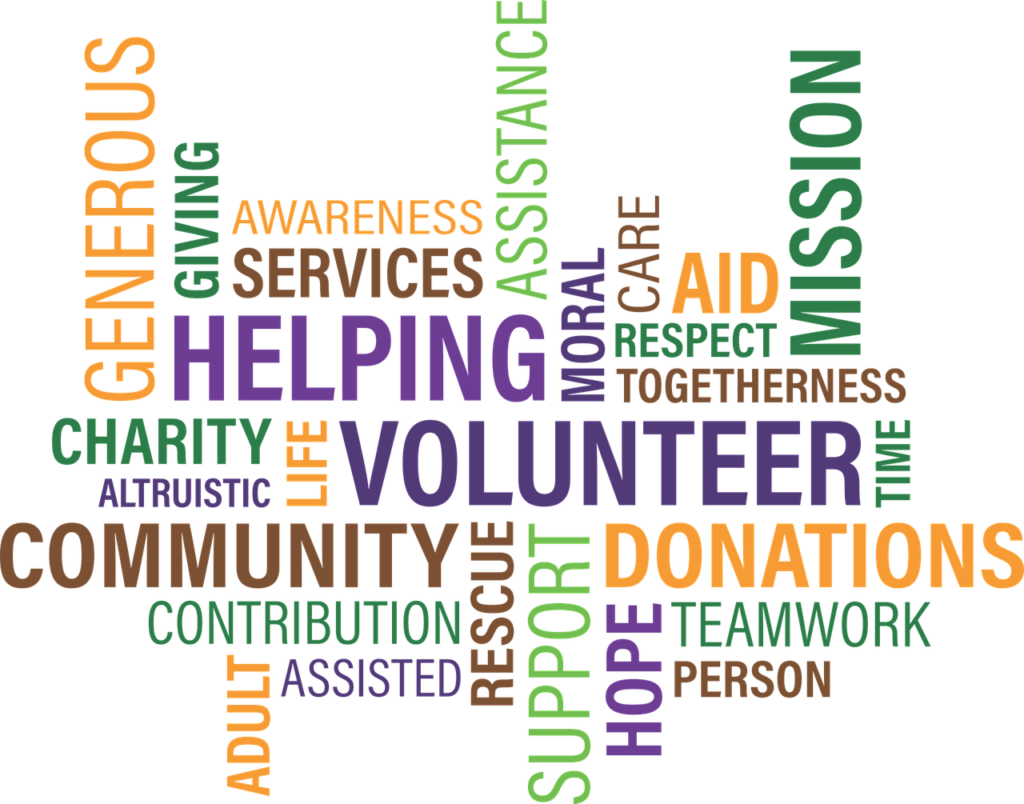Making Holiday Gratitude and Charity Last All Year At Work

It comes as no surprise that five minutes in front of cable news or a social media feed can be downright depressing. Nothing in the headlines seems to illicit the best behaviors in our human nature, although there is the annual story or blog post about gratitude at Thanksgiving and charitable giving during the month of December. In a world where everyone seems obsessed with no one but themselves, how can we embed the qualities of gratitude and charity in our lives to be a daily focus and not just a seasonal afterthought among the hectic end-of-year festivities, pandemic worries, and business activities? Read on to discover how five simple activities can help you experience the joys of gratitude and unselfish giving throughout the year in our organization.
The Science of Gratitude and Giving
That feel-good feeling we all experience when expressing gratitude or giving unselfishly is more than just an emotional response. There really is science behind those warm fuzzy feelings. Research involving randomized controlled study groups has demonstrated that documenting what one is grateful for significantly improves mental health and lessen depressive symptoms. In a white paper published by the Greater Good Science Center based at UC Berkeley, it is explained that those who document their gratitude use more positive emotion words and “we” words (first-person plural words). The significance is that statements of gratitude liberate us from toxin emotions. Fewer negative emotions result in greater emotional well-being.
Both expressing gratitude and unselfish giving release the “feel good” chemicals, serotonin and dopamine in our brains. Functional MRI scans have also identified the activation of the reward center of the brain as well as the activation of the neural pathways that underlie caregiving. These same pathways are activated when a parent cares for a child. Individuals motivated by gratitude to give unselfishly versus being compelled, shamed, or feeling obligated, experienced lasting positive effects on their mental health.
So What Can I Do?
Faith traditions throughout the world promote teachings supporting the necessity of gratitude and charity in our personal lives and in a civilized society. Christians are reminded during the Christmas Season of the teachings of Jesus Christ as he taught mankind principles of love, kindness, service, gratitude, and charity.
So if an individual is striving to exercise gratitude and selfless giving in his/her personal life, what I can do in the workplace?

1. Charitable Giving/Fundraisers – Studies have shown that individuals are less inclined to donate to causes than they are to an identifiable individual or individuals. Think about the level of participation for large campaigns for organizations as compared to the request for help for someone’s child or the family of a co-worker. When those who contribute also receive an expression of gratitude from their manager, future solicitations also increase. The real benefit comes from the demonstration of the manager’s focus on the well-being of his/her team and the feeling of helping others in a time of need for those who donate.
2. Acts of appreciation – I worked with a leader years ago who took time at the beginning of each senior leader staff meeting to recognize the contributions of someone in the operation. This action had a significant impact on the organization as individuals recognized that their contributions mattered to the leader in the corner office. Others in the organization began doing the same. The attitudes of team members started to become more positive towards the organization and their own jobs. Find ways to express gratitude daily, weekly, and annually, in meaningful ways as a leader and encourage team members to do the same. A written thank-you has far more impact than a text or e-mail.
3. Provide opportunities for employees to give back. – We all know what PTO is when it comes to time away from work, but how many recognize the benefits of VTO (Volunteer Time Off)? Employer-sponsored paid time off to serve in the community is becoming a popular benefit many organizations are offering. Contrary to the opinion of many, the millennials are more generous with their donations and volunteering than previous generations. VTO creates a greater sense of social responsibility within the organizational culture. Employees who participate recognize their employer’s commitment to something beyond profits and their dedication to the communities in which they operate.

4. Seek out volunteers – Need someone to be a mentor to someone in the organization? Do you recognize a skill that needs improvement in a particular department and would like someone to help others? The list could go on and on. Those who volunteer to help others tend to put more effort and attention into their contributions than those assigned. They develop closer relationships with those they are helping. Those who volunteer tend to share their infectious engagement and commitment to see things improve. Those who are the benefactors of these efforts share in the positive aspects of gratitude and recognize how they too can give of their skills and abilities.
5. What do we reward? – Performance goals and metrics often become very individualistic despite the efforts of the organization to create targets with a team, group, or company-wide objective. Incorporating elements of the previous suggestions in annual performance objectives will keep leaders and team members focused on those actions and behaviors that significantly shape an organization’s culture and accomplishments. Team members, teams, leaders, organizations, and the communities they operate in will realize the power of gratitude and unselfish giving throughout the year.
The last couple of years has demonstrated the willingness of employees to find another employer. Leaders dedicated to the principles of expressing gratitude and encouraging unselfish giving will realize greater engagement, commitment, and retention of staff. So as we now journey through the month of December and hear the request to give and be grateful, remember you can make those benefits a reality all year long.
Allen, Summer. “The Science of Gratitude.” Greater Good Science Center, White Paper, May 2018, https://ggsc.berkeley.edu/images/uploads/GGSC-JTF_White_Paper-Gratitude-FINAL.pdf
Gallagher, Colby. “The Science of Giving: What Fuels Our Desire to Help Others?.” USciences, 17 )ct. 2019, https://www.usciences.edu/news/2019/the-science-of-giving-what-fuels-our-desire-to-help-others.html
Kruse, Kevin. “The Science of Gratitude: How Thankfulness Impacts Our Brains and Business.” Forbes, 22 Nov 2021, https://www.forbes.com/sites/kevinkruse/2021/11/22/the-science-of-gratitude-how-thankfulness-impacts-our-brains-and-business/?sh=4762e17420cc
